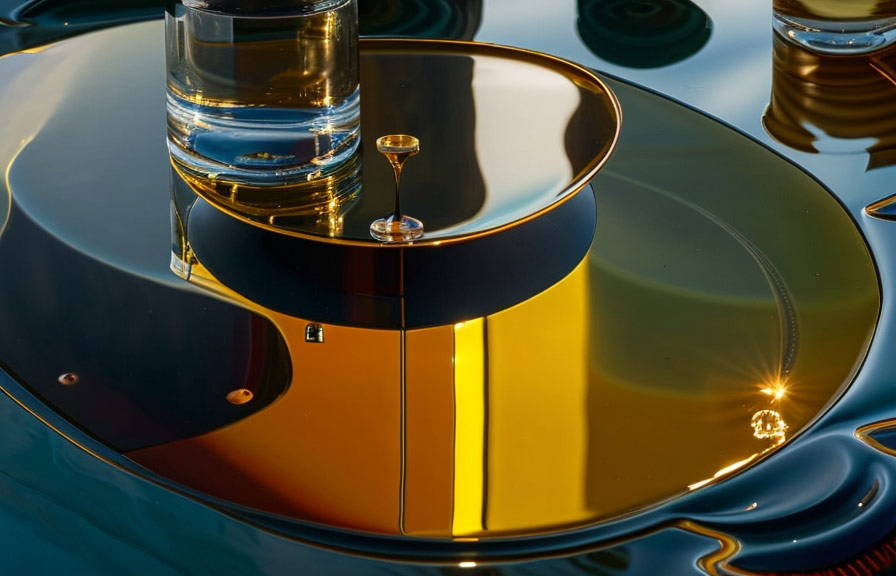Did you know that the origins of still life photography can be traced back to the invention of the camera in the early 19th century? this creative art form has been captivating audiences ever since, and one of the keys to creating a stunning still life photo is the clever use
Of materials. in this post, we will explore how oil and metal can be used to add a sense of texture and depth, making your still life photos truly stand out.

The magic of oil
Oil, a seemingly ordinary substance, can bring an extraordinary touch to your still life photography. its reflective properties and ability to interact with different surfaces make it an ideal medium for creating an intriguing sense of depth and texture.
Creating a glossy finish
One of the simplest ways to incorporate oil into your still life photos is by applying a thin layer to your subject. thiswill create a glossy finish, which can enhance the visual appeal of objects such as fruits, vegetables, or even glassware.
To achieve this effect, use a soft brush or cloth to gently apply a small amount of oil to the surface of your subject. be sure not to overdo it, as too much oil can make the object appear greasy rather than glossy.
Playing with reflections
Oil's reflective properties can also be used to create interesting compositions. by placing a shallow pool of oil on a flat surface, such as a mirror or a sheet of glass, you can create a reflective backdrop that adds depth to your still life setup.
Experiment with different angles and lighting setups to see how the oil's reflections can enhance your composition.
Mixing oil with other substances
Mixing oil with other materials, such as water or paint, can produce captivating visual effects. for instance, when oil is combined with water in a glass container, the two substances will naturally separate due to their differing densities.
This creates a unique, abstract pattern that can be used as a captivating backdrop for your still life photos.
The versatility of metal
Metal, a material known for its durability and strength, can also be an invaluable asset in still life photography. from its reflective properties to its ability to be molded into various shapes, metal offers numerous possibilities for creating texture and depth.
Utilizing metal surfaces
Metal surfaces, such as sheets of aluminum or steel, can be used as backdrops or bases for your still life setups. their reflective nature can help you create a sense of depth by casting interesting shadows and reflections onto your subjects.
To make the most out of metal surfaces, try experimenting with different textures, such as brushed, polished, or even rusted metal. each will produce a distinct effect that can dramatically alter the mood of your still life photos.
Crafting metal props
Metal can also be used to create custom props that add a unique touch to your compositions. for example, you might fashion a metal wire into a makeshift easel to display a small painting or create a geometric sculpture out of metal rods to serve as a focal point.
When working with metal, consider its malleability and how it can be bent, twisted, or even welded to create a variety of shapes and structures. be sure to use appropriate safety gear, such as gloves and goggles, when handling or manipulating metal materials.
Exploring the use of metallic paints
Metallic paints can be an excellent way to introduce a sense of depth and texture to your still life photos without using actual metal. apply metallic paint to your subjects or backdrops to create a shimmering effect that catches the light and adds visual interest.
You can also experiment with different metallic shades, such as gold, silver, or copper, to see how they impact the overall mood of your composition. keep in mind that metallic paints might require longer drying times than regular paints, so plan your shoot accordingly.
Conclusion
The use of oil and metal in still life photography offers endless possibilities for creating captivating images with a sense of depth and texture. by experimenting with different techniques, such as applying oil to objects, creating reflections, or incorporating metal surfaces and props, you can elevate your still life compositions
To new heights.
So, the next time you set up a still life photo shoot, consider reaching for a bottle of oil or a sheet of metal. you might just discover a whole new world of creative possibilities waiting to be explored.
